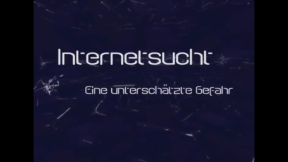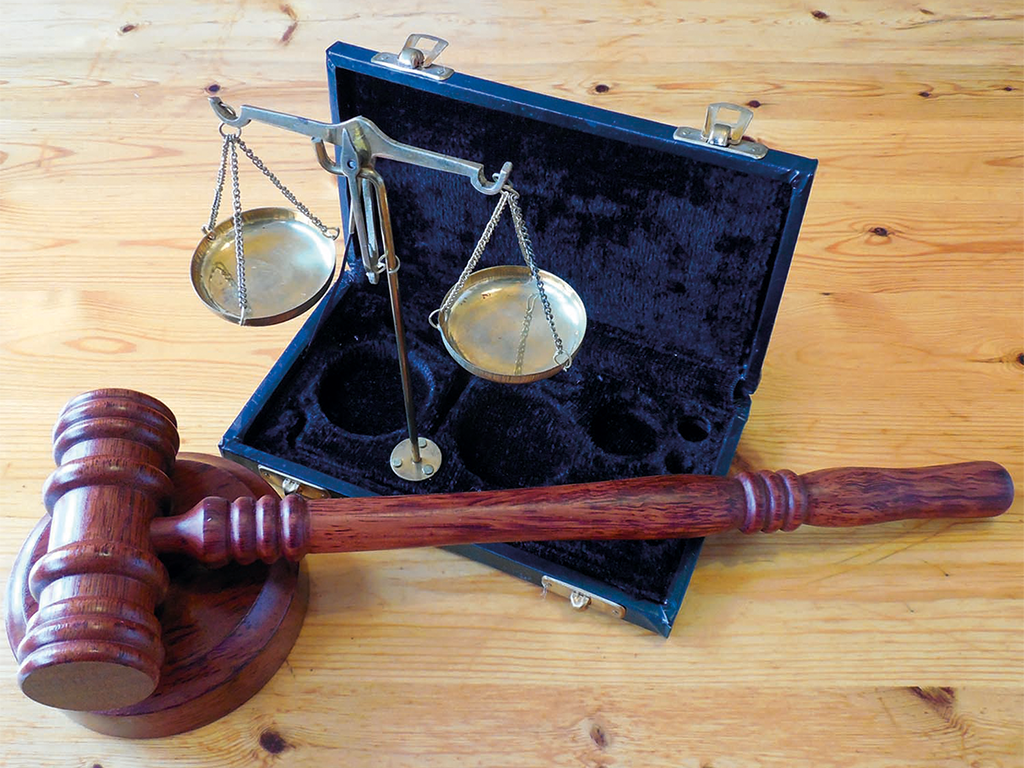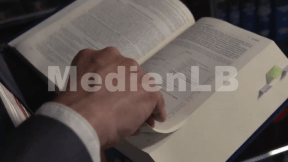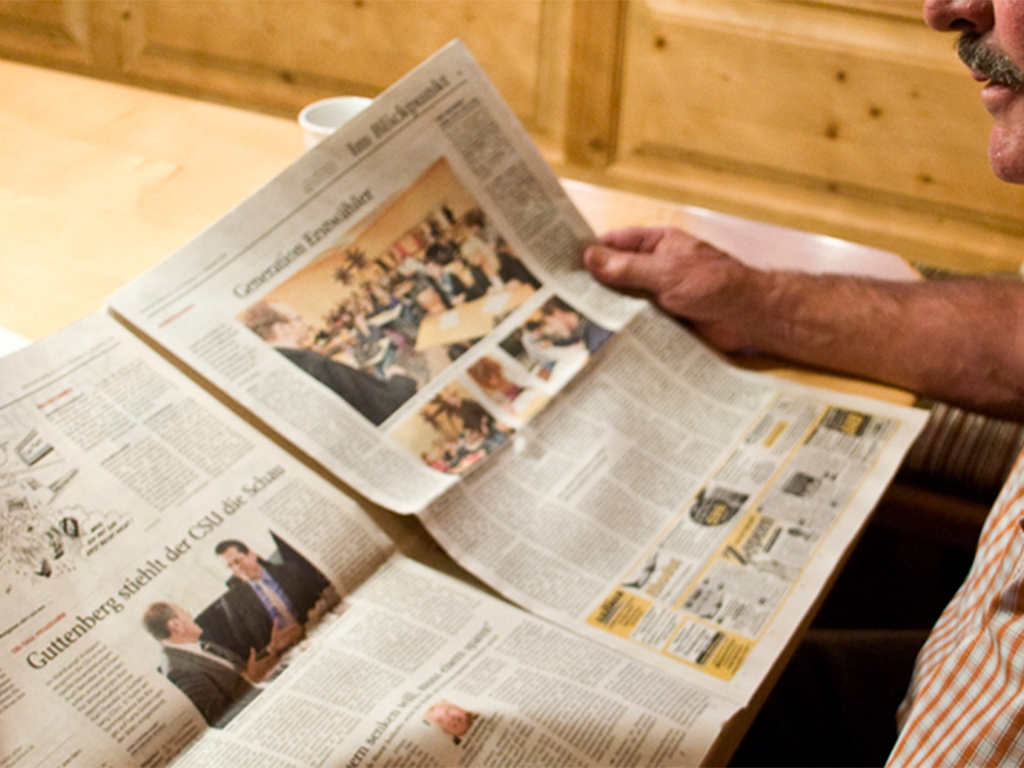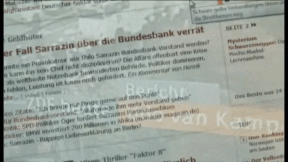 Technology, Training of Teachers
Technology, Training of Teachers


4677095 / 5564387
3D Printing
Methods, Materials, Future Prospects
Layer by layer, a three-dimensional form is being created here – a chess piece. Just like that, from a printer – however, a special one: a 3D printer. Thus, the dream of being able to manufacture three-dimensional pieces yourself at home becomes reality.
In industry, professional 3D printers play an increasingly important part. Different methods and materials enable the production of a broad variety of objects.
This ranges from workpieces to medical demonstration objects to model pieces and even foods, like marzipan in this example. The possibilities of application seem to be almost unlimited. As preferred materials, different plastics and metals are primarily used.
With this method, a whole new kind of production becomes possible. Material that has so far been reduced or formed by processing is expanded here step by step. Therefore, this is also referred to as additive manufacturing, i.e. manufacturing by addition.
But how exactly does a 3D printer work? What is it already able or still unable to do today? And will this technology have an impact on our work life?

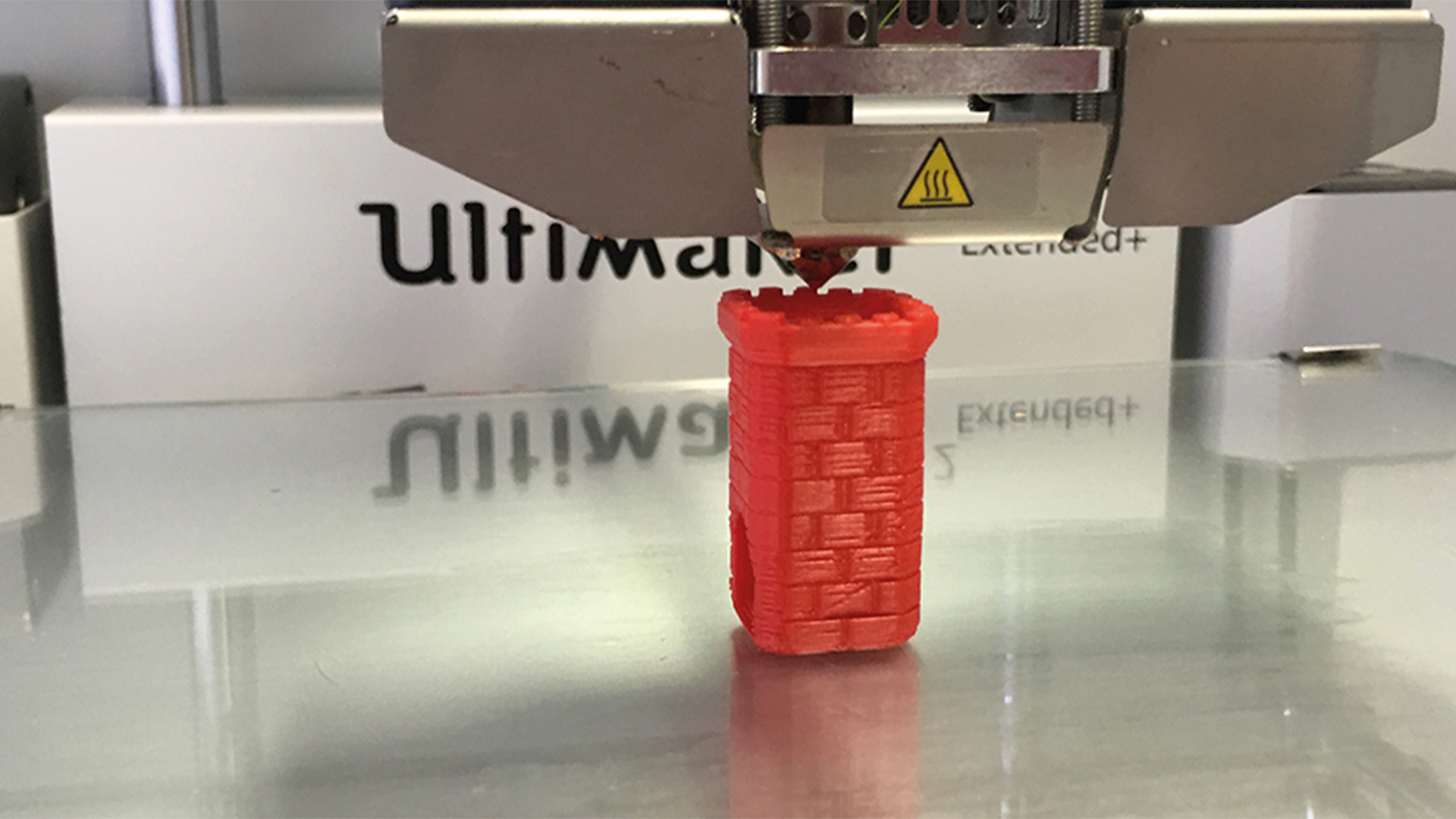
Curriculum-centred and oriented towards educational standards
Matching
Internet Addiction
The film consists of two parts. The first part is the 15-minute short film “In the Net”. It describes the problem of excessive Internet use in a humorous way, in particular the risk of losing touch with reality when chatting. The second part illustrates with three real persons how Internet addiction can develop and the problems encountered by those who are afflicted. The authentic statements are commented by an experienced therapist. For many pupils, the issues addressed here are related to their everyday lives. What is a “sensible” use of the Internet, where does pathological addiction start? In contrast to addiction to alcohol, nicotine or drugs, the public seems to be largely ignorant of the problem of this addiction, which is not related to any substance abuse. The film provides material for discussion in the classroom (crossdisciplinary) and can be used as a basis for the formulation of prevention strategies.
Rights and Obligations
Three girls of different ages: Anna is 17, Paula 15 and Lena 13. Before the law, their respective ages have consequences – because children and adolescents have different rights and also obligations.
The Daily Newspaper
Every day, there is a surge of news reaching us via different news channels. In spite of TV and Internet, the daily paper still is one of the most important main sources of news. But how is a newspaper created? The film shows the production of a paper in the course of one day. Starting with the editorial meeting in the morning, in which the topics and deadlines are determined, the film accompanies a journalist during her research work. You can see how a journalistic interview is conducted and what the photographer must consider when taking a press photo. Back in the editorial office, the editor’s work is illustrated, which includes the page layout and the writing of an online article in today’s time. Impressive pictures from the printing centre depict the process from the digital page to the finished newspaper. Together with the comprehensive accompanying material, the DVD is perfectly suited for use at school





